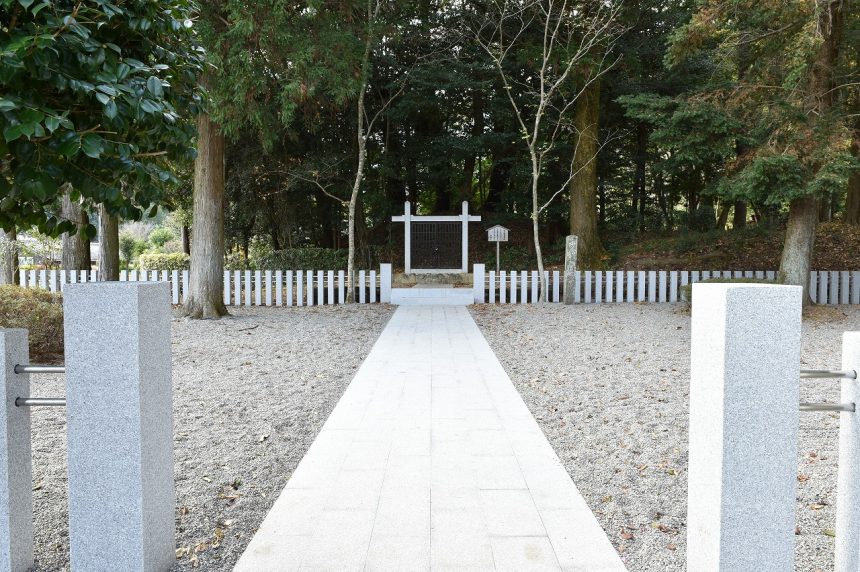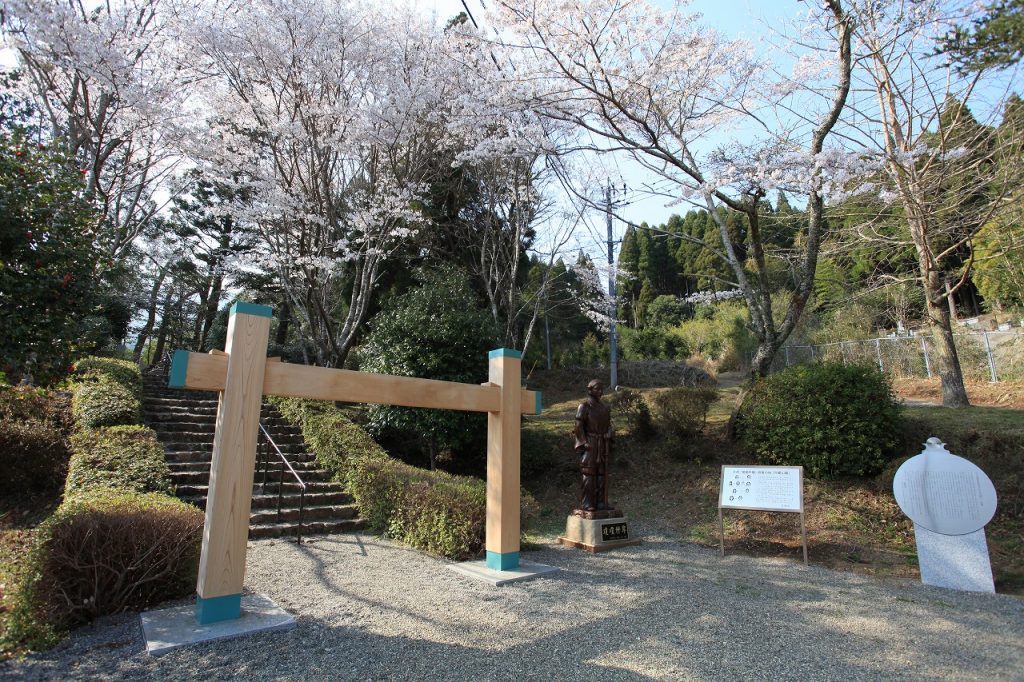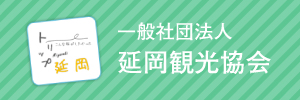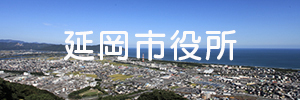Reference spots of Emperor Ninigi-no-mikoto’s tomb

This post is also available in: 日本語 한국어 简体中文 繁體中文
In Hyono district located at the base of Mount Enotake, there is a tomb estimated to be Ninigi-no-mikoto’s, marked by Imperial Household Agency. It is an ancient burial mound formerly called Tsune-duka. In 1801, Naito clan’s 4th domain lord Masatsugu NAITO made its estimate of an ancient emperor Ninigi-no-mikoto’s tomb. In 1885, it became one of “Legendary spots of Emperor tombs” and in 1926, it was renamed as “Reference spots of Emperor tombs”. Locally the origin of the place name Hyono is said that “Hyo-no” (a fire-birth-field) shifted, where an ancient Konohana-sakuya-hime gave birth in the fire.
Gyojyuji Temple near Kawai shrine was formerly called Kawai-ji Temple. When Japanese ancient Emperor the 10th Suijin and 11th Suinin enshrined Ninigi-no-mikoto’s tomb, Imperial envoys (Emperor’s messengers) stayed at the temple as a temporary accommodation, a legend says.
Also, near the top of Mount Enotake, there are remains of gigantic stones called “Hoko-iwa” and “Sanbon-iwa.” The article “Kawai shrine” in “Historical Research of Miyazaki prefecture” says “After Ninigi-no-mikoto’s passing away, his body was buried close to the top of Enotake Mountain. This is Hoko-iwa. Later in Suijin era, shrine pavilions were built there. But the approach was too difficult to climb up, so the pavilions were built again on a level place, where people could visit and offer prayers. This is the origin of the shrine.”








